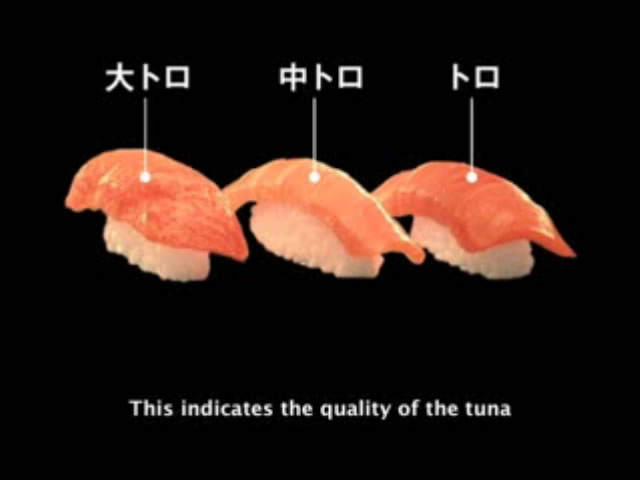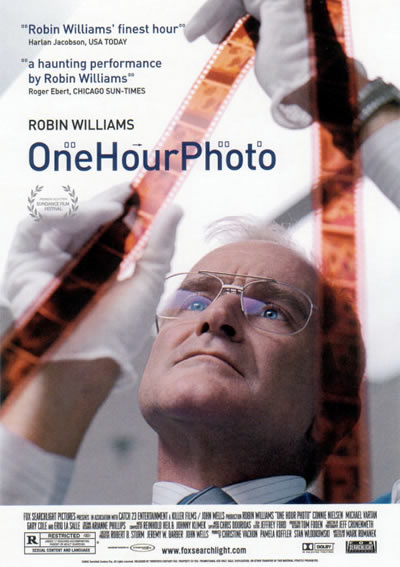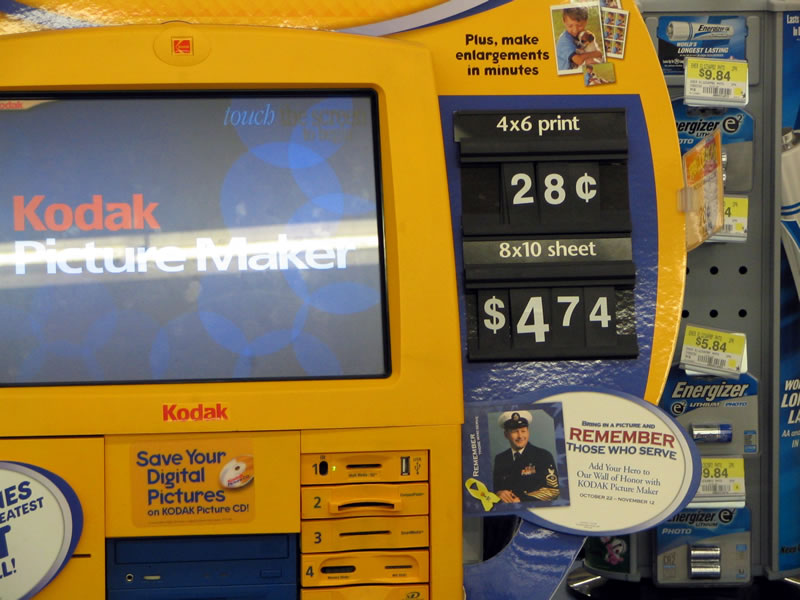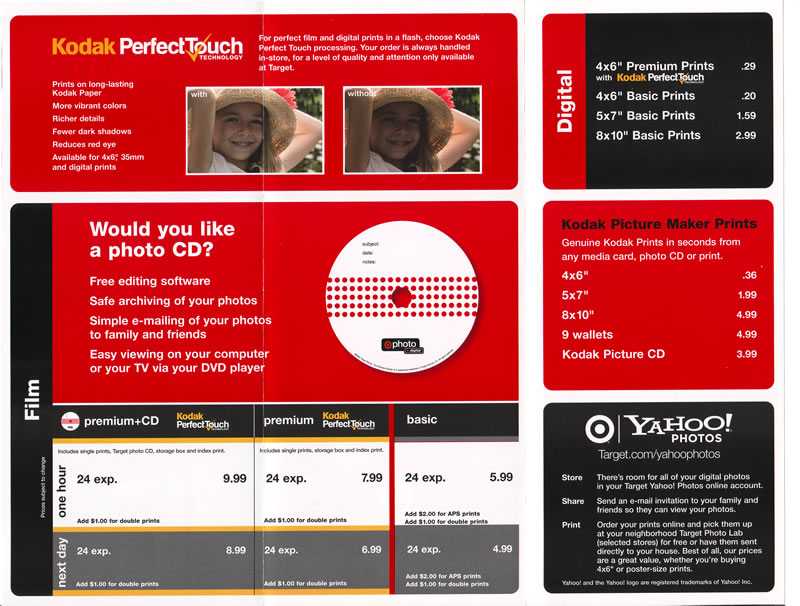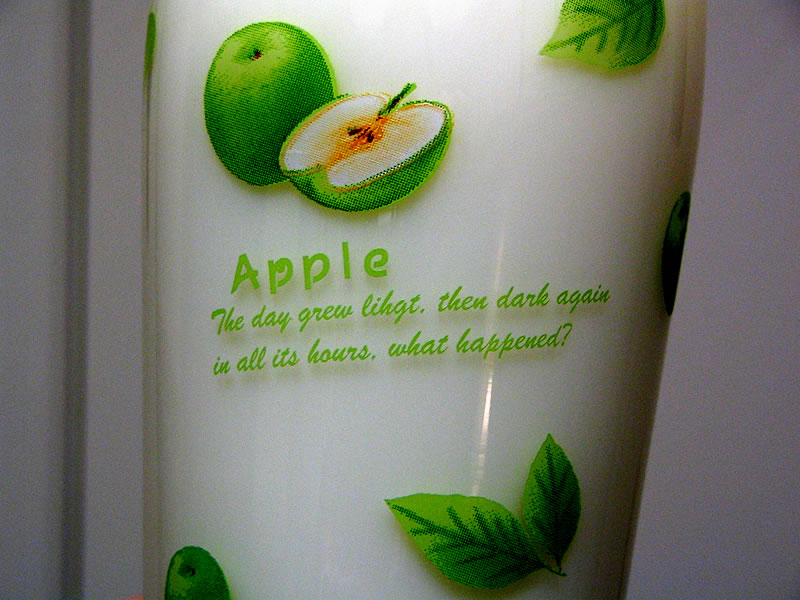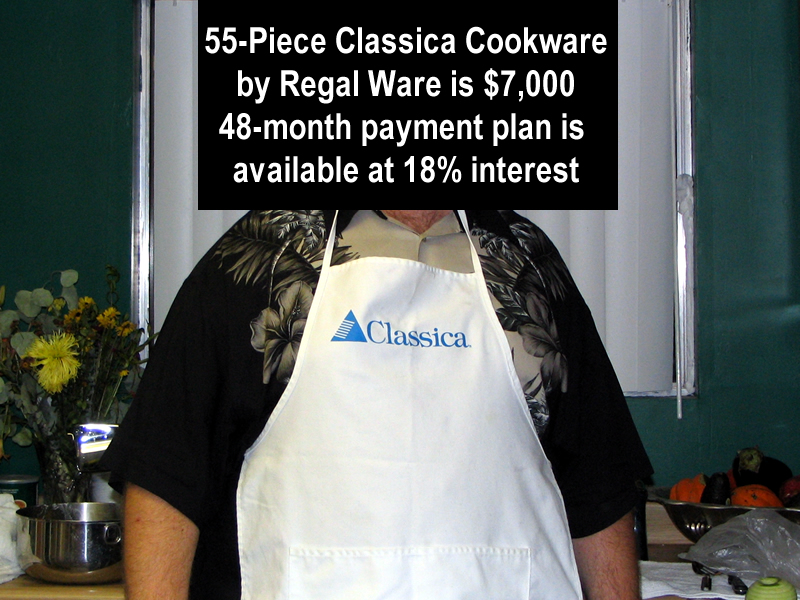
Until last Saturday, I have never heard of
Classica cookware by
Regal Ware.
Two weeks ago, my friends Matt and Kristin went to Chandler Balloon Festival. At the festival, one of the booths was advertising in-home cooking demonstrations in exchange for free hotel-stays. The cookware company would send a sales person to your home, cook your family dinner, and try to sell you their cookware. Regardless if you decide to purchase the cookware or not, the company would pay for 3-nights resort stay at a Mexico vacation spot.
Matt and Kristin were interested in the free hotel-stays, so they decide to give it a try. They have also invited their friends Teelk and Sammie from Lake Elsinore, Calfornia for the cooking demonstration.
Jay from Classica cookware shows up at Matt and Kristin’s house at 7pm. Apparently Jay is a
Star Gate SG1 fan. When he was introduced to Teelk, he mentioned that there is a character on the show is also named “
Teal’c”. Knowing Teelk would not like that comment, Matt told Jay that Teelk, who is Korean originally from Maryland, has heard that comment since the television show started.
After few minutes of small talk, Jay started the cooking demonstration. First, he mentioned that Americans are getting fatter because their cookware derives the food’s natural taste. In order to compensate for that, more fat and seasonings are added into the food to make them taste better.
According to Jay,
Classica cookware is made by
Regal Ware in Wisconsin, USA. The reason they are the superior cookware is because they are made from
T-304 surgical grade stainless steel.
That is a lie.
T-304 is the most common type of stainless steel. For surgical use, only
T-316 grade of stainless steel can be used.
To uniformly transfer the heat, the cookware is made from
5-layers of metals sandwiched together. Outer layers are T304 stainless steel, then 1145 aluminum, and the center layer is 3004 aluminum-alloy.
That was lie number 2.
Since thermal conductivies of
T304 stainless steel (
16.2 W/m-K),
1145 aluminum (
230 W/m-K), and
3004 aluminum-alloy (
163 W/m-K) are different, sandwich them together would not improve thermal conductivity, rather it will create thermal gradients.
While the food was cooking, Jay also demonstrated a vegetable/fruit peeler (similar to an
apple peeler) and a hand-cranked cheese-grader type of tool called "
food cutter".
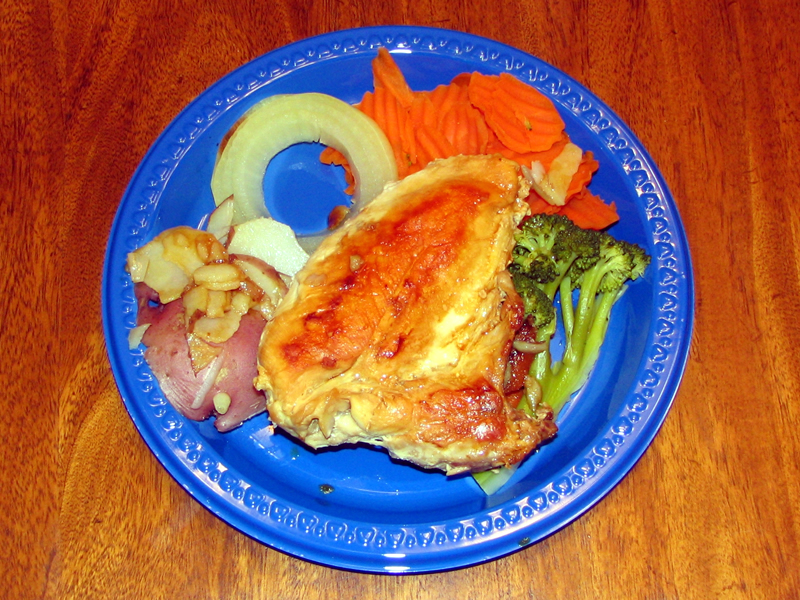
One and half hours have passed by, the dinner is now been served. It consisted of skinless chicken breast, potatoes, broccoli, onion, and carrots, the typical American meal without seasoning. The chicken was a bit dry, the rest of the food tasted like if they were from hospital’s cafeteria.
After dinner, Jay asked Matt to put in a promotional DVD about the company as well as the cookware, and he stayed in the kitchen to clean up.
Since everyone has been fed and Jay’s cookware has been cleaned, it is time for the sales pitch. Jay pulled out a movie poster sized pamphlet which featured every single piece of cookware from Classica. The whole set consisting of 55 pieces is called the “Galaxy Set”. When he revealed the price, it was so overpriced that it is truly laughable!
Classica’s 55-piece stainless steal cookware made by Regal Ware is
$6,895, excluding tax!
Of course, a young couple without children would not need that many pots and pans. Classica also offers a set of 12-piece essential cookware for
$1,599. If you don’t have any cash on hand, a 48-month payment option is available with 18% interest rate.
Jay then offered them to “think about it”, while he is preparing the last demonstration – the baking soda test.
The baking soda test is basically boiling some water with baking soda in it. Two of the pans belong to Matt and Kristin, and the third pan is from Classica. The baking soda water from Matt and Kristin’s pans was very bitter, and it was not bitter from Classica’s pan. Since Jay was in the kitchen alone, while the rest of people were in the living room, therefore there is no way to know if the test was fixed or not.
After three hours of demonstration, dinner, DVD, and baking soda water test, Matt and Kristin declined the sales pitch by telling Jay there is no good reason to justify Classica’s outrageous price.
Soon after Jay left, they found a
7-piece cookware by Regal Ware (the same manufacturer of Classica cookware) on Amazon.com for $90, and the
vegetable peeler is only $24.99.
Update 1: Teelk has emailed me with the following:
To be fair, Jay [salesman] was a good guy. We had nothing against Jay personally, but the price was just laughable. At one moment he did almost lost his cool with "How much did you expect this would cost? Have you been to Dillard's lately?!" when Kristin told him there is no logical reason to justify the $7,000 price tag. Jay took the rejection pretty well. He even offered to recruit us to become “Classica Representatives”. By then, we realized this could be another pyramid-scheme type of scam.
Update 2: Thermal Resistance Theory
One other claim Classica has on their website is that
their cookware will decrease energy usage. Also, some readers have commented that cookware with layered construction does improve uniform surface heating.
Since I personally do not own any cookware that is constructed in such way, I can only rely to a textbook called “Heat Transfer, A Practical Approach” by Yunus A. Cengel,
ISBN 0-07-011505-2.
Steady one-dimensional conduction heat transfer is simplified to Thermal Resistance Concept (pg. 131):
Q = (T1-T2)/Rtotal;
R = L/kA
For this calculation, a positive Q value is the energy used to
increase maintain a set temperature; T1 and T2 are the temperatures at inner and outer surfaces of the cookware, R is the cookware’s thermal resistivity, or conduction resistance, L is the cookware’s thickness, k is thermal conductivity, and A is the cookware heating surface area.

Assume we have two pans; both are 12” (30.48 cm) in diameter and 5 mm thick. One is made from the 5-layer construction described via Classica cookware’s website, with each layer 1 mm thick, and the other is a plain T304 stainless steel.
Let T1-T2 equal 10 C. In other words, we are looking for how much energy is needed to
increase maintain 10 C in the pan.
From my own calculation, approximately 2,400 W of energy is needed to
cause an increase of maintain 10 C in the plain stainless steel pan. Close to 5,300 W of energy is needed to achieve the same result in the 5-layer pan by Classica cookware.
Therefore, to maintain same amount of temperature
increase, Classica’s cookware requires more than double the energy than an ordinary stainless steel pan.
Where is the energy saving?
